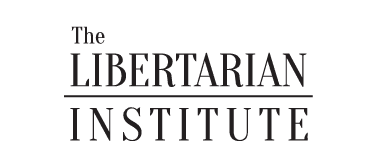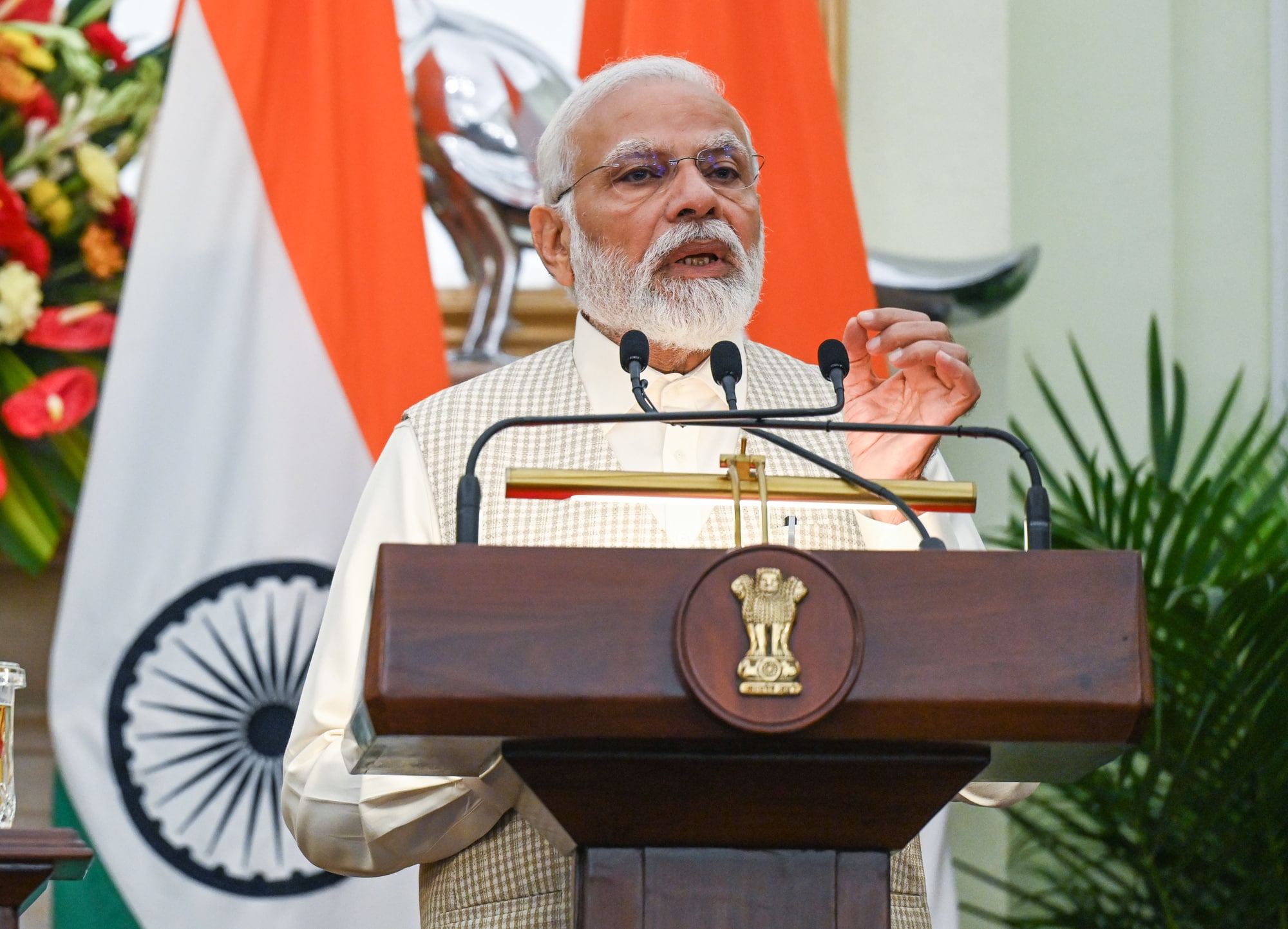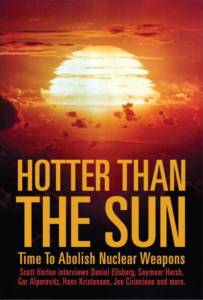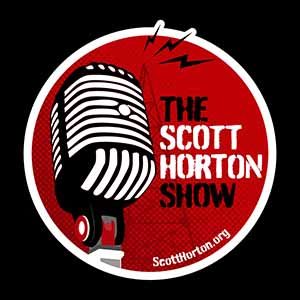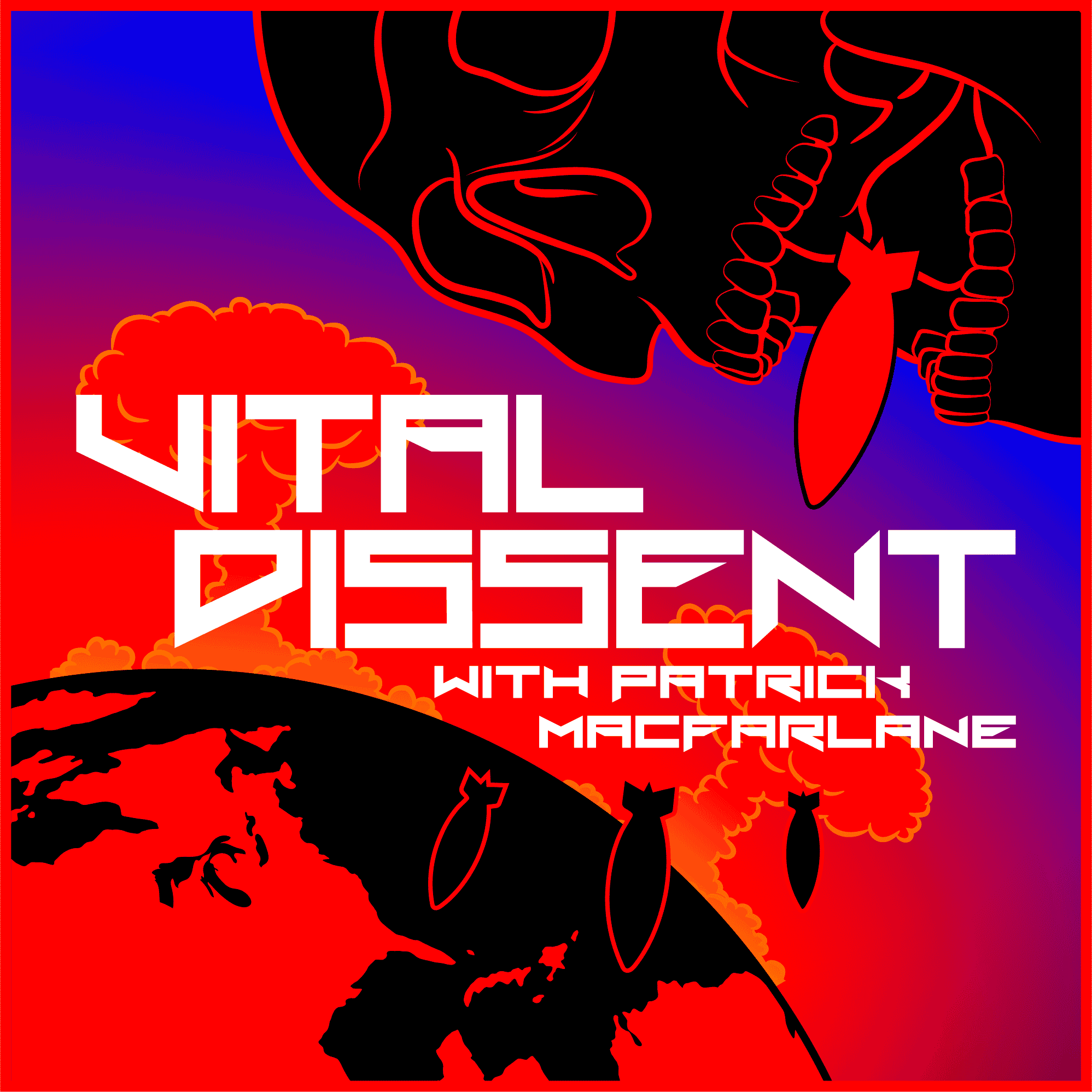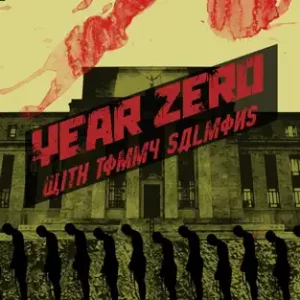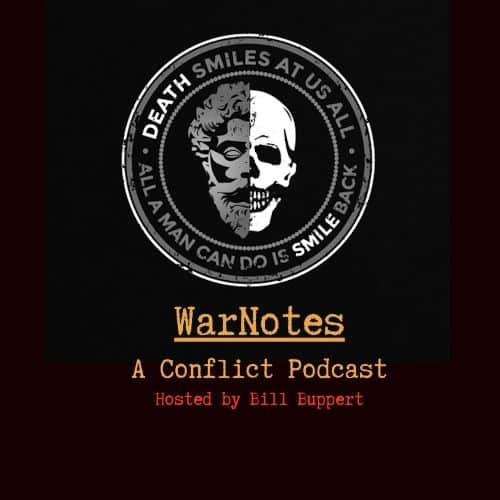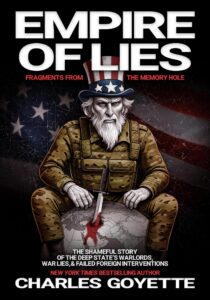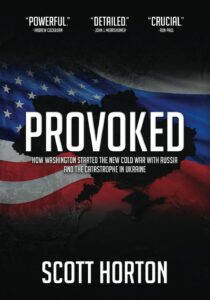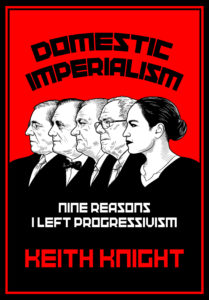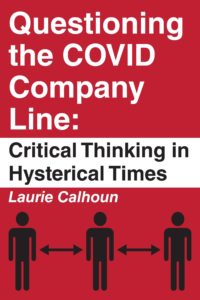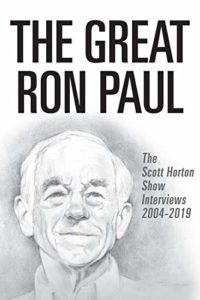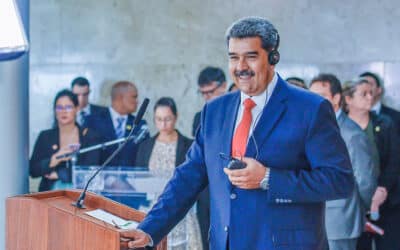For more than two decades, Washington labored to bring India closer—easing sanctions, opening high-tech trade, recognizing India as a responsible nuclear power, and embedding it in U.S.-led Indo-Pacific strategy. From President George W. Bush’s civil nuclear deal and Barack Obama’s endorsement of a United Nations Security Council seat, to the Quad revival under Donald Trump’s first term and the technology initiatives of the Joe Biden years, U.S. policy showed remarkable bipartisan continuity. The goal was clear: position India as a democratic counterweight to China.
Yet, since January 2025, President Trump has reversed course, to the chagrin of China hawks, liberal internationalists and realists alike.
Looking back on everything Washington has done since the end of the Cold War one can hardly blame them for slapping their collective foreheads.
- 1998–2000: Sanctions and Outreach
- U.S. sanctions imposed after India’s nuclear tests (1998) were gradually eased.
- President Bill Clinton’s 2000 state visit to India marked a reset, emphasizing partnership beyond non-proliferation.
- 2004–2005: Next Steps in Strategic Partnership (NSSP)
- Opened cooperation in civilian nuclear, space, missile defense, and high-tech trade.
- This culminated in the July 2005 framework agreement that paved the way for a civil nuclear deal.
- 2008: U.S.–India Civil Nuclear Agreement (“123 Agreement”)
- U.S. secures a Nuclear Suppliers Group waiver (September 2008).
- Congress passes H.R. 7081; deal signed October 2008.
- A watershed with de facto recognition of India as a responsible nuclear state.
- 2011–2018: Export-control easing
- 2011–2017: BIS rules progressively liberalize dual-use tech exports.
- 2016: U.S. backs India into MTCR.
- 2017: India joins Wassenaar Arrangement.
- 2018: India joins Australia Group; U.S. grants STA-1 status, easing defense tech sales.
- Defense Agreements and Status Upgrades (2016–2020):
- 2016: India designated a Major Defense Partner.
- 2016 LEMOA: Logistics exchange pact for base access.
- 2018 COMCASA: Secure communications deal.
- 2020 BECA: Geospatial intel-sharing.
- 2+2 Dialogue launched (2018): Annual cabinet-level strategic talks.
- Simultaneous Efforts Taken by Washington to Build a Multilateral Indo-Pacific Architecture:
- 2010: Barack Obama endorses India for a permanent UNSC seat.
- 2015: U.S.–India Joint Strategic Vision for Asia-Pacific & Indian Ocean.
- 2017: Quad revived (United States, India, Japan, Australia).
- 2020: Quad Malabar naval exercises.
- Tech and Industrial Cooperation (2023–2024):
- iCET (2023): Initiative on Critical and Emerging Technologies launched.
- INDUS-X (2023): Defense-industrial collaboration platform.
- GE F414 jet engine co-production with HAL; MQ-9B drones in pipeline.
- Artemis Accords (2023): India signs on with NASA–ISRO NISAR mission.
- 2023: Resolution of six WTO disputes; expansion of semiconductors, critical minerals, telecom partnerships.
And despite predictions that, just as he had during his first administration, Trump would continue to handle India and Modi as desired partners, Trump Two has seen nothing of the kind.
After months of veiled threats and false starts, in August 27, 2025, Trump imposed a 50% tariff on Indian goods, the steepest against any country. Framed as punishment for India’s continued imports of Russian oil, the tariffs also reflected his long-standing complaints about India’s “one-sided” trade and high duties on U.S. goods. Diplomatic fallout has been stark; already extremely annoyed by Trump’s prior intervention in the conflict earlier this year between India and Pakistan, Trump has reportedly failed in four attempts to reach Prime Minister Narendra Modi, signaling a collapse in high-level dialogue. Meanwhile, at the Shanghai Cooperation Organization (SCO) summit in Tianjin, India deepened ties with both China and Russia, signaling a willingness to hedge against U.S. pressure and maintain its options.
In short, to the horror of the China hawks, it seems that after decades of careful bipartisan wooing, Trump’s unilateral actions are undermining efforts toward the long-desired partnership. The clear danger to the anti-China policy has led to both liberal internationalists and realists—so often at odds—to express rare agreement.
Speaking last week, former National Security Advisor under Biden, Jake Sullivan, called the tariffs a “massive trade offensive” that squanders twenty-five years of careful U.S. diplomacy—by pushing India toward China and Russia, Trump undermines the Quad and America’s credibility with allies like Japan and Germany, who increasingly view the U.S. as a “disruptor” rather than a stabilizer. Realist scholar John Mearsheimer likewise branded Trump’s policy a “colossal blunder.” Secondary sanctions on Indian oil purchases, he argues, are futile, since India has openly refused to comply.
India, indispensable to the hawks’ plans to contain China, is being driven away. Much as in the case of the Trans-Pacific Partnership (TPP), which Trump relentlessly pilloried in his first campaign for president, what drives the hawks especially crazy is that Trump, a leading China hawk himself, seems not to realize, or not to care, that all these long-standing policy objectives were and are aimed at deterring China’s rise.
But while Foreign Affairs and Politico both sound off about the harm to the “national interest” Trump is causing by alienating India, from the libertarian realist perspective it all makes quite a lot of sense. Behind the façade of any such collective abstraction are only the individual interests of those in power, and Trump is doing what benefits and satisfies him. While India is prickly, abjuring to pile upon him adulation and preferential treatment, Pakistani leadership have publicly declared Trump should get the Nobel Peace Prize and signed major business deal with Trump’s family members and political allies (World Liberty Financial).
For a generation, Washington courted New Delhi with concessions that no other non-ally received: civil nuclear recognition, advanced defense technology, a voice in Indo-Pacific strategy. Those efforts were aimed at making India the lynchpin of Washington’s Asia policy. In just a few weeks, Trump has put all that at risk. The consensus across ideological divides is striking. If the United States continues down this path, the main winner will be China, the very rival Washington once hoped India would help contain.
Of course, this would be a familiar pattern: aiming to defeat a potential foe by crafting policies that ultimately benefit them.
But hey, what’s a mistake or ten—it’s only government work, after all.
